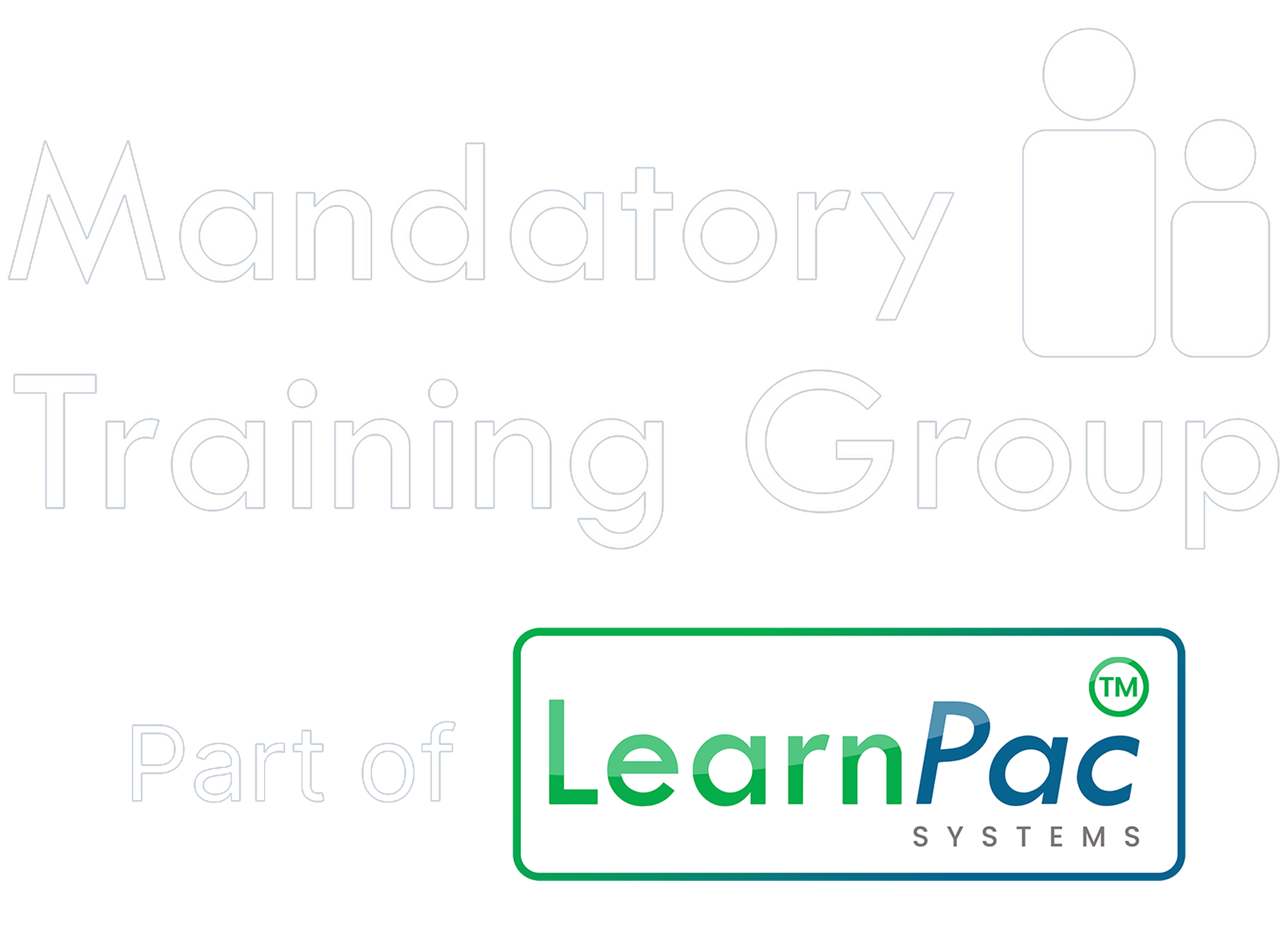You have no items in your shopping basket.
Elsie Rodas
21-05-2025
How AI and automation are transforming L&D in regulated sectors
Image by AndersonPiza via Envato Elements
Discover how AI and automation are helping healthcare, social care, and education providers deliver smarter, scalable, and compliance-ready training at speed
In highly regulated sectors like healthcare, social care, and education, internal training must be timely, compliant, and cost-effective. But for many L&D teams, traditional training models are becoming harder to sustain. Staff turnover is high. Regulations evolve frequently. And the administrative burden of managing training across dispersed teams continues to grow.
Fortunately, the rise of Artificial Intelligence (AI) and automation is helping organisations meet these challenges head-on. These are not future trends. They are present-day solutions already reshaping how we deliver training, making it faster, smarter, and more responsive to real-world demands.
In this blog, Elsie Rodas explores how AI and automation are redefining training efficiency in regulated sectors and how your organisation can benefit from these innovations today.
What’s the difference between AI and automation?
Before diving into practical strategies, it’s useful to clarify the terminology:
- Artificial Intelligence (AI) simulates human intelligence, using data to identify patterns, make predictions, and personalise experiences. In training, AI can recommend content, assess knowledge gaps, and adapt learning paths.
- Automation uses rules or triggers to perform repetitive tasks with minimal input. In L&D, this includes automating enrolment, reminders, certification, and compliance tracking.
Together, AI and automation streamline workflows, reduce manual admin, and free up trainers to focus on what matters most, mentoring, coaching, and leading change.
Why training efficiency is a compliance imperative
In regulated sectors, inefficiencies aren’t just inconvenient, they’re risky.
Without efficient systems in place, organisations face:
- Non-compliance with statutory or mandatory training requirements.
- Inconsistent care or service delivery due to knowledge gaps.
- Inspection failures and reputational damage.
- Higher operational costs from emergency retraining or last-minute fixes.
That’s why training efficiency should be a strategic priority. It directly impacts compliance, safety, and organisational resilience.
Five ways AI and automation can supercharge training delivery
Here’s how leading L&D teams are using digital tools to enhance training efficiency without sacrificing quality.
1. Automated role-based training plans
Assigning training manually is time-consuming and prone to error. AI-powered learning management systems like ComplyPlus™ LMS can automate this process based on job role, department, risk level, or location.
As soon as a staff member joins, the system enrols them in the right training, sends automated reminders, and tracks completion status.
Impact - Reduced admin, fewer training gaps, improved audit readiness.
2. Smart recommendations and personalised learning paths
AI can analyse individual performance and competency data to suggest tailored learning experiences, from refresher modules to advanced training.
This makes development more meaningful and ensures learners are always progressing, without relying on managers to manually assign every course.
Impact - Higher engagement, better retention, and scalable staff development.
3. AI-powered assessment and feedback
AI tools can automatically mark quizzes, generate instant feedback, and flag common mistakes across teams. This data-driven insight helps trainers intervene early and focus on areas that need reinforcement.
Impact - Faster evaluations, real-time feedback, and smarter learning decisions.
4. Automated compliance reporting
Pulling together training records for inspections can take days, especially if records are incomplete or scattered across departments.
Automation solves this by generating real-time reports and dashboards. Platforms like ComplyPlus™ TMS allow managers to see who’s up to date, who’s overdue, and which modules are partially completed - all in one place.
Impact - Faster reporting, fewer inspection surprises, and better governance.
5. Workflow-integrated microlearning
In fast-paced environments, long training sessions aren’t always practical. AI makes it easier to embed short, focused learning into the flow of work, whether it’s a safety reminder delivered by mobile or a short explainer before a critical task.
This “just-in-time” approach reinforces learning when it’s most needed.
Impact - Reduced disruption, better on-the-job application, and stronger compliance culture.
Getting started - Four practical tips for implementation
While the technology is powerful, the success of AI and automation depends on thoughtful planning. Here are four tips to set your organisation up for success:
1. Start with real problems, not trends
Identify where your training process breaks down. Are enrolments slow? Are refresher dates missed? Use technology to address these specific gaps.
2. Prioritise integration
Choose an LMS or TMS that works with your existing HR, payroll, and compliance systems. This minimises duplication and keeps your data consistent across platforms.
3. Keep the human touch
AI should support your people, not replace them. The best outcomes come from combining automation with professional judgement and real-world mentoring.
4. Protect your data
In regulated sectors, data protection is non-negotiable. Make sure any digital tools you adopt meet GDPR and sector-specific requirements.
The future of training is hybrid and human-led
Having worked across the NHS, public health, education, and private hospitals, I understand the pressure training teams are under. When resources are stretched, it’s tempting to focus on urgent tasks rather than long-term improvement.
But the most successful organisations I’ve seen are those that invest early in the right tools, tools that take the weight off trainers and allow them to do what they do best: develop people, build culture, and lead with confidence.
At The Mandatory Training Group, we’ve built ComplyPlus™ LMS and ComplyPlus™ TMS to support exactly this kind of transformation. These platforms enable organisations to deliver high-quality training at scale, without losing sight of compliance, culture, or care.
Future-proof your training with AI, automation, and the right tools
At The Mandatory Training Group, we help regulated organisations streamline training delivery using intelligent automation and in-house capability. From our ComplyPlus™ platform to our accredited Train the Trainer programmes, we support teams in delivering timely, compliant, and cost-effective learning at scale.
Our support includes:
- AI-driven learning paths and smart recommendations for staff development
- Automation tools to simplify enrolment, reporting, and compliance tracking
- Practical Train the Trainer courses to build confident, capable internal trainers
Explore how ComplyPlus™ and our Train the Trainer programmes can help you build a smarter, scalable, and more compliant L&D strategy.
About the author
Elsie Rodas
Since its inception, Elsie, a vital pillar at LearnPac Systems, has seamlessly crafted and implemented commercial strategies as part of the Senior Management Team, fueling accelerated growth and profitability. With over two decades in various healthcare settings, she possesses deep insights, finely tuning our offerings to meet client needs exceptionally.

Contact us
Complete the form below to start your ComplyPlusTM trial and transform your regulatory compliance solutions.





